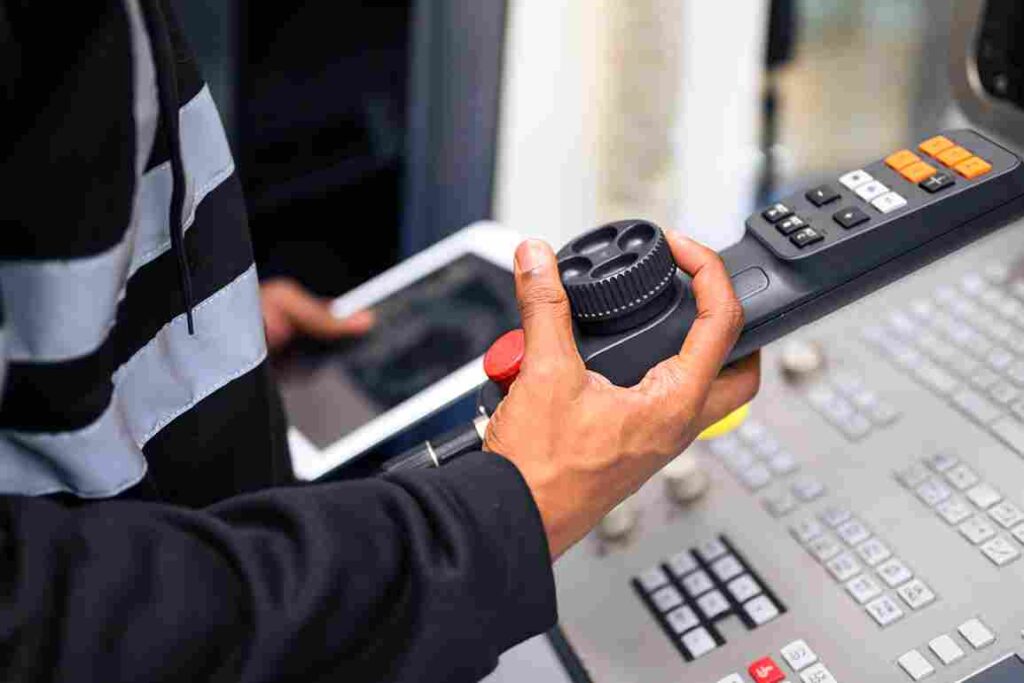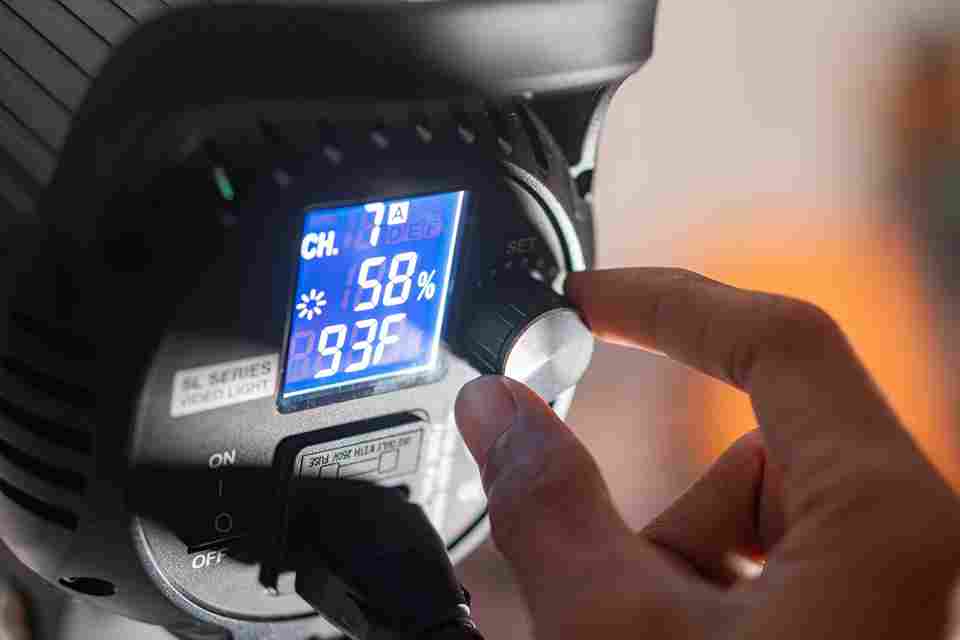What Does ‘Calibration’ Mean? A Beginner’s Guide to Precision
Why Understanding Calibration is Non-Negotiable
Calibration means adjusting devices to match certified standards—but it’s far more than technical jargon. Inaccurate calibration leads to:
- Life-threatening errors (e.g., misdiagnosed medical tests).
- Six-figure losses (e.g., scrapped automotive parts).
- Legal penalties (failed ISO audits).
Key Terms Every Beginner Should Know
1. NIST Traceability
The gold standard for calibration references (used in labs/industries).
2. Tolerance Limits
Acceptable error range (e.g., ±0.5% for pharmaceutical scales).
3. As-Found vs As-Left Data
Documenting pre- and post-calibration values for compliance.
3 Calibration Myths Debunked
Only scientists need to calibrate! → Truth: Your kitchen scale needs it too.
Calibration lasts forever! → Truth: Recalibrate monthly/annually.
All calibration tools are equal! → Truth: Only NIST-certified references count.
Key Takeaways
- What does calibrate mean? Aligning devices with certified standards.
- Why calibrate? Ensures safety, saves costs, meets regulations.
- Who needs it? Labs, factories, hospitals—even home users!
How to Calibrate Properly: Tools, Steps & Pro Tips

Essential Calibration Tools You Can’t Skip
To calibrate accurately, you need:
- Primary Standards: NIST-traceable weights/pH buffers.
- Measuring Instruments: Certified multimeters/thermometers.
- Stabilization Gear: Anti-vibration tables (for sensitive devices).
- Software: Manufacturer-approved calibration programs.
How To Calibrate In 5 Steps
1. Pre-Calibrate Warm-Up
- Power on device 30 mins prior (stabilizes components).
- Check environment (20-25°C, 45-55% humidity).
2. Zero-Point Adjustment
- Reset using null standard (e.g., 7.0 pH buffer for meters).
3. Reference Application
- Test 50%, 75%, 100% of measurement range.
4. Validation
- Compare device output vs. reference (±1% tolerance for industry).
5. Documentation
- Record: Date, technician ID, standards used.
3 Pro Tricks for Flawless Results
The 24-Hour Rule: Calibrate 24h after relocating devices.
3×5 Testing: Validate with 3 samples, 5 times each.
Golden Sample: Keep one never-used reference standard.
Key Takeaways
- How long? 30-90 mins (depends on device complexity).
- Can I skip steps? Never – each ensures accuracy.
- When to recalibrate? After shocks/extreme conditions.
Calibration Troubleshooting: Fix Errors & Maintain Accuracy

5 Most Common Calibrate Errors & Fixes
1. Device Drift (Gradual Inaccuracy)
- Causes: Aging sensors, temperature fluctuations
- Fix: Monthly recalibration + environmental monitoring
2. Out-of-Tolerance Results
- Causes: Improper handling, expired references
- Fix: Use NIST-traceable standards + staff retraining
3. Zero-Point Failure
- Causes: Dirty contacts, electrical interference
- Fix: Clean with isopropyl alcohol + shielded cables
4. Software Calibration Crashes
- Causes: OS conflicts, outdated firmware
- Fix: Install manufacturer-approved updates
5. Inconsistent Repeatability
- Causes: Mechanical wear, loose components
- Fix: Tighten fittings + replace worn parts
When to Call a Professional
Stop immediately if you see:
- Physical damage: Cracked displays, bent probes
- Persistent error codes: After 3 recalibration attempts
- Certification requirements: ISO 17025/NIST audits
Industry-Specific Maintenance Schedules
| Device Type | Recalibration Frequency | Critical Checks |
|---|---|---|
| Medical Equipment | Every 3-6 months | Sensor drift, seal integrity |
| Industrial Sensors | Quarterly | Output stability |
| Lab Instruments | Biannually | NIST compliance |
Key Takeaways
- Can calibration fix broken devices? No – repair first!
- Storage tips: Climate-controlled, dust-free cases
- Best software? Depends on device (e.g., Fluke for multimeters)
🔗 Full Series:


